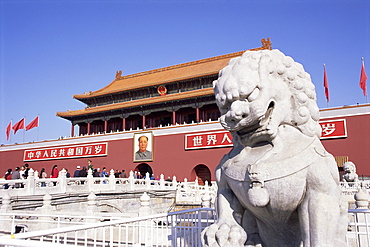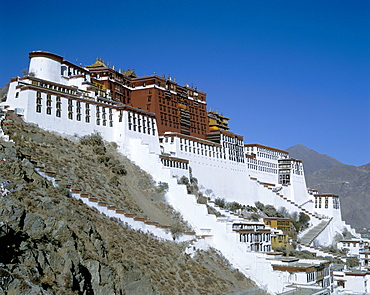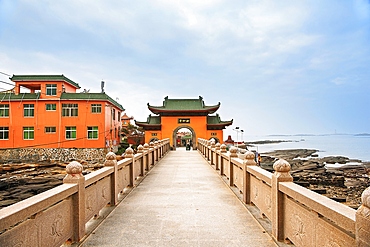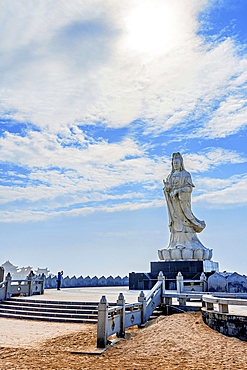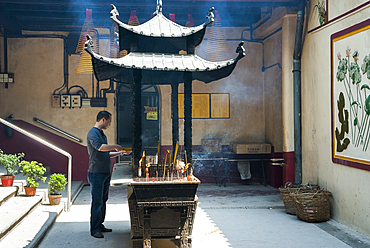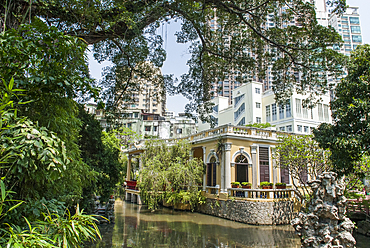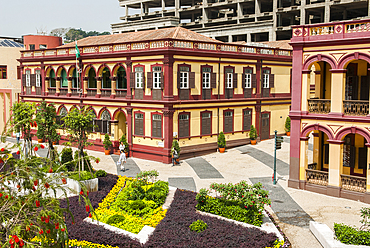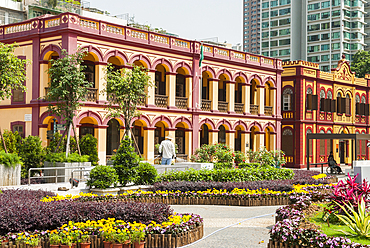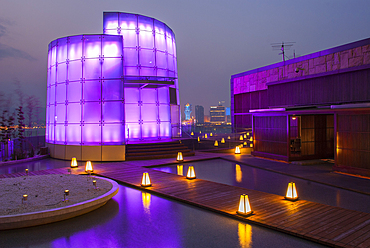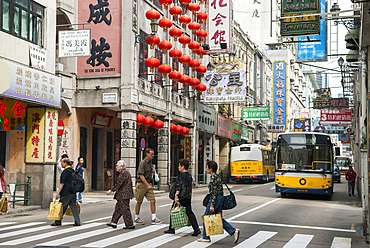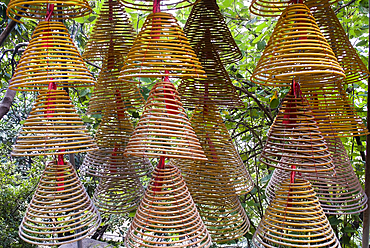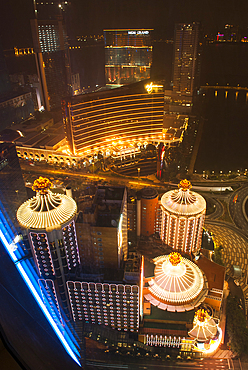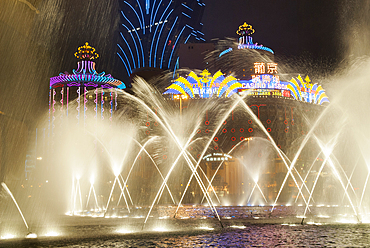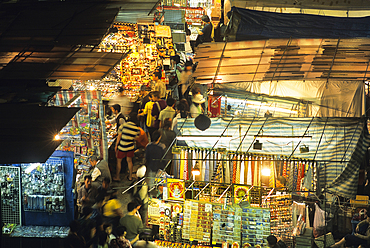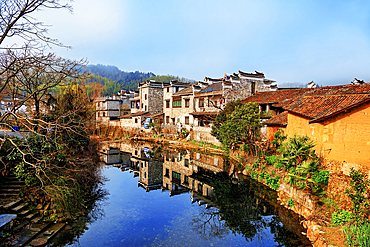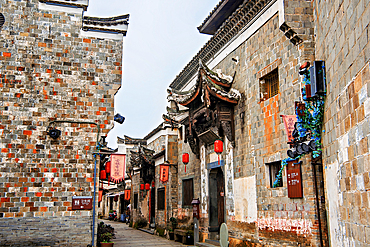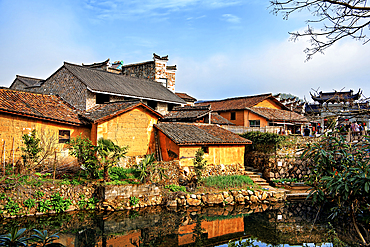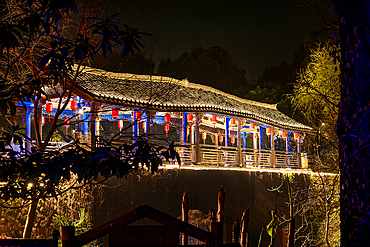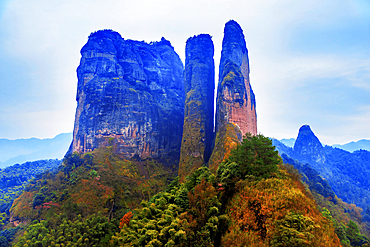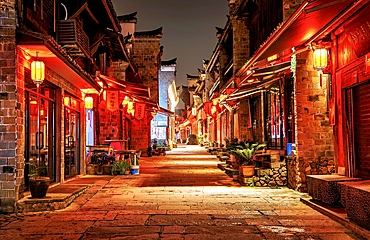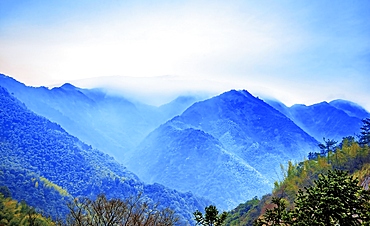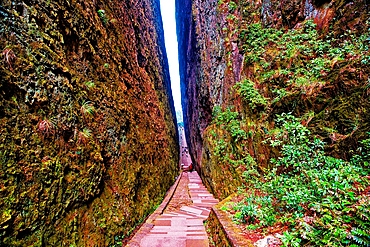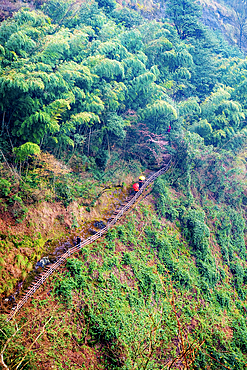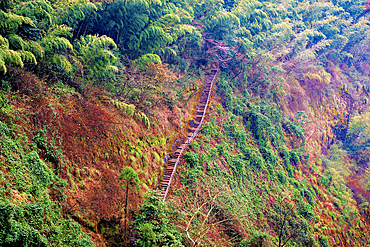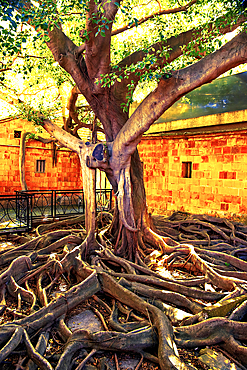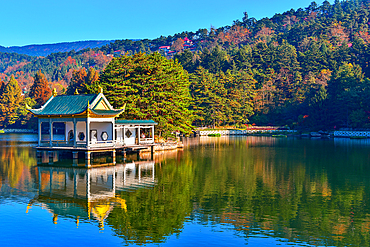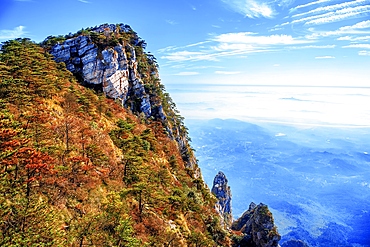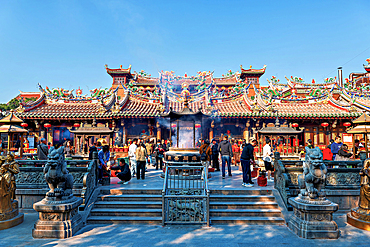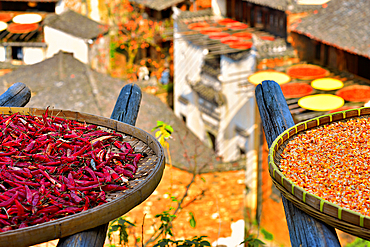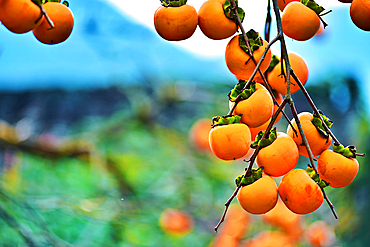Results
« Previous 1 … 32 33 34 35 36 … 78 Next »
7755 results found
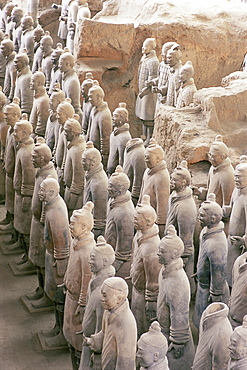
Detail of some of the six thousand statues in the Army of Terracotta Warriors, 2000 years old, from the tomb of the First Emperor of China, Qin Shi Huang, Xian, Shaanxi Province, China, Asia
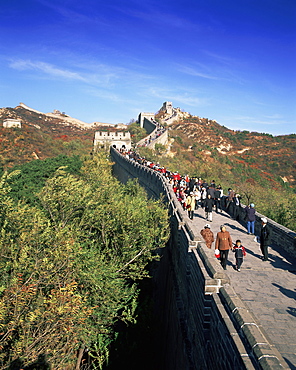
People on the Badaling section, the Great Wall of China, UNESCO World Heritage Site, near Beijing, China, Asia
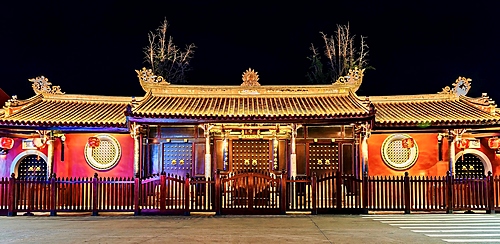
Kaiyuan Temple at night. The temple was first established 738AD. Chaozhou, Guangdong Province, China
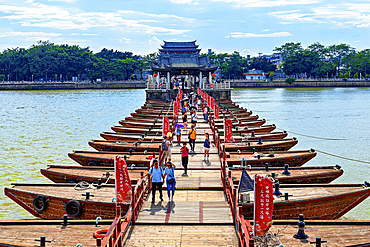
Guangji Bridge, built 1170, one of China's four famous ancient bridges. The bridge is connected by 18 boats that can be removed to allow passage of vessels. Chaozhou, Guangdong province, China

Bamboo garden filled with well wishing ribbons in Kaiyuan Temple, Chaozhou, Guangdong Province, China
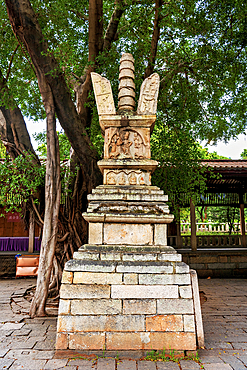
Ancient stone pagodas in Kaiyuan Temple, Quanzhou, Fujian Province, China. While the temple was first built in 686 A.D., these relics are as as old as 1800 years, predating the founding of the temple.
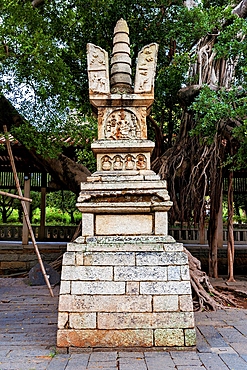
Ancient stone pagodas in Kaiyuan Temple, Quanzhou, Fujian Province, China. While the temple was first built in 686 A.D., these relics are as as old as 1800 years, predating the founding of the temple.
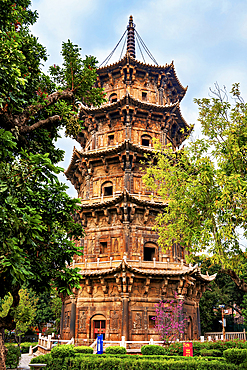
East Pagoda of Kaiyuan Temple, Quanzhou, Fujian Province, China. The pagoda was first built in 865 A.D. (rebuilt 1250). The temple was first built 686 A.D. It is one of the serial sites within Quanzhou: Emporium of the World (UNESCO).
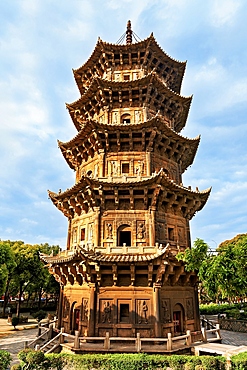
East Pagoda of Kaiyuan Temple, Quanzhou, Fujian Province, China. The pagoda was first built in 865 A.D. (rebuilt 1250). The temple was first built 686 A.D. It is one of the serial sites within Quanzhou: Emporium of the World (UNESCO).
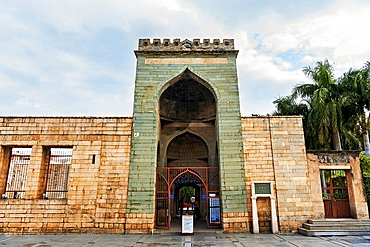
Qingjing Mosque (first built 1009) is the oldest surviving mosque in China. Quanzhou, Fujian Province, China. The mosque is one of the serial sites in Quanzhou: Emporium of the World Song-Yuan China (UNESCO).

Confucius Temple. Quanzhou: Emporium of the World (UNESCO World Heritage), Fujian, China. The temple has been at its current site since 982 A.D.
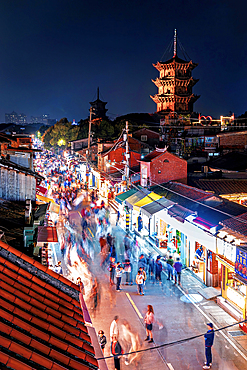
Busy pedestrian street with the twin pagodas of Kaiyuan Temple in the background. Quanzhou: Emporium of the World (UNESCO World Heritage), Fujian, China

A Red Sail Junk in Hong Kong Harbour, Hong Kong, Special Administrative Region of the People's Republic of China, China, Asia

A Red Sail Junk in Hong Kong Harbour, Hong Kong, Special Administrative Region of the People's Republic of China, China, Asia

Sculpture in front of ruins of Saint Paul's Cathedral,Macau,Special Administrative Region,China,Asia
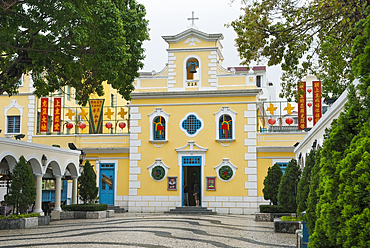
Baroque Chapel of St.Francis Xavier in Coloane Village, Macau,Special Administrative Region,China,Asia
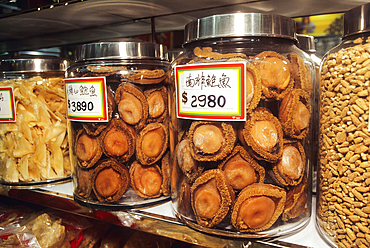
In Chinese speaking regions, abalones are considered a luxury item, and is traditionally reserved for special occasion,dry-food shop in Chinatown,Hong-Kong Island,People's Republic of China,Asia

Terrace on Victoria Peak, looking over Central district,Hong-Kong Island,People's Republic of China,Asia

Harbour of Chung Chau island,Islands District,New Territories,Hong-Kong,People's Republic of China,Asia
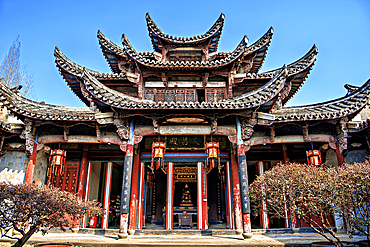
Wenchang Hall (built 1909), Nianbadu ancient town (since 878 AD), Jiangshan City, Zhejiang Province, China

The hall of a traditional security service establishment, Nianbadu ancient town (since 878 AD), Jiangshan City, Zhejiang Province, China
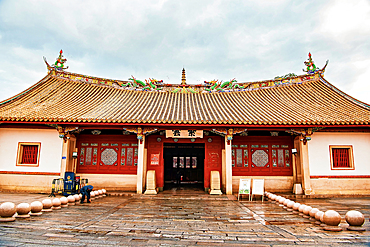
Kaiyuan Temple, Quanzhou, Fujian Province, China. First built 686 A.D., it is one of the serial sites within Quanzhou: Emporium of the World (UNESCO). The temple site houses relics and structures predating the templet itself (up to 1800 years).
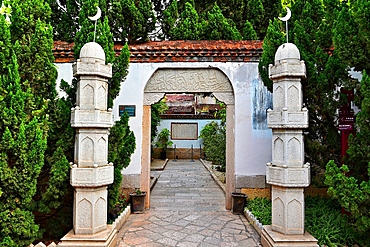
Qingjing Mosque (first built 1009) is the oldest surviving mosque in China. Quanzhou, Fujian Province, China. The inscription at the far end of the wall is the original notice for the protection of the mosque issued in 1407A.D.
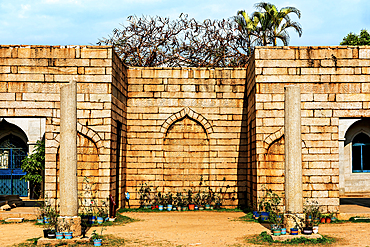
Qingjing Mosque (first built 1009) is the oldest surviving mosque in China. Quanzhou, Fujian Province, China. The mosque is one of the serial sites in Quanzhou: Emporium of the World Song-Yuan China (UNESCO).
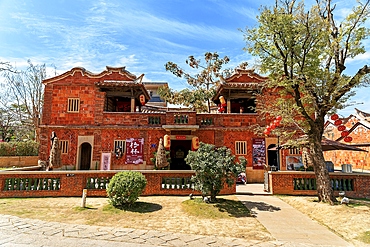
Wulin traditional village, Quanzhou, Fujian Province, China. The village has a strong South East Asian architectural influence as it was built by Chinese emigrants from South East Asia during the Qing and ROC era.
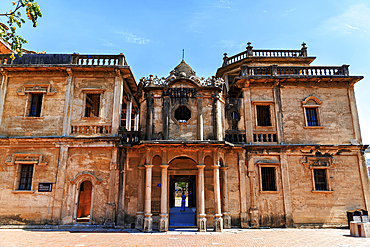
Wulin traditional village, Quanzhou, Fujian Province, China. The village has a strong South East Asian architectural influence as it was built by Chinese emigrants from South East Asia during the Qing and ROC era.
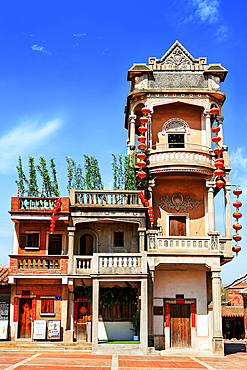
Wulin traditional village, Quanzhou, Fujian Province, China. The village has a strong South East Asian architectural influence as it was built by Chinese emigrants from South East Asia during the Qing and ROC era.
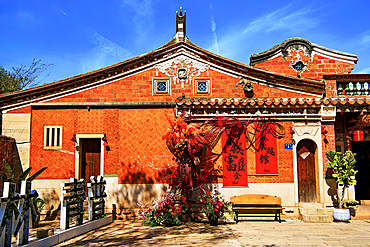
Wulin traditional village, Quanzhou, Fujian Province, China. The village has a strong South East Asian architectural influence as it was built by Chinese emigrants from South East Asia during the Qing and ROC era.
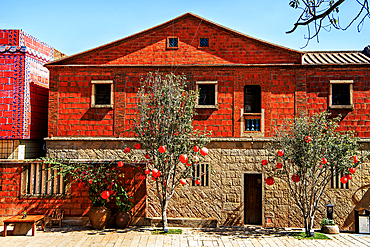
Wulin traditional village, Quanzhou, Fujian Province, China. The village has a strong South East Asian architectural influence as it was built by Chinese emigrants from South East Asia during the Qing and ROC era.
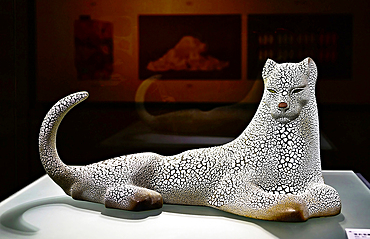
Intricate ceramic sculpture of a leopard in China Ceramic Museum, Jingdezhen, Jiangxi Province, China.
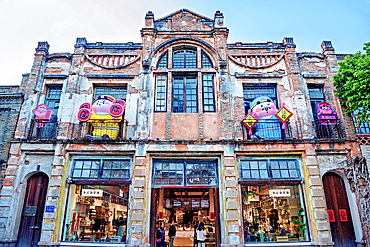
ShangXia Hang historical cultural district, Fuzhou, Fujian Province, China. This entertainment district retained and restored a large number of heritage buildings from the Ming and Qing Dynasties to the Republic of China Era.
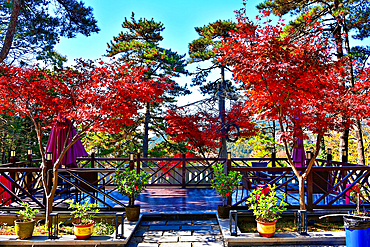
Spectacular autumn colours of the town in Lushan (Mount Lu), Jiujiang City, Jiangxi, China. Lushan is a UNESCO World Heritage site, it is one of China's most famous mountains known for its natural beauty.
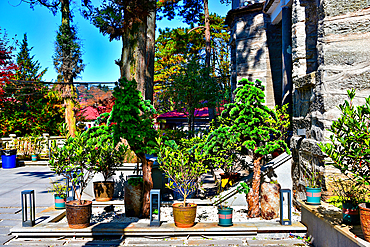
Spectacular autumn colours of the town in Lushan (Mount Lu), Jiujiang City, Jiangxi, China. Lushan is a UNESCO World Heritage site, it is one of China's most famous mountains known for its natural beauty.
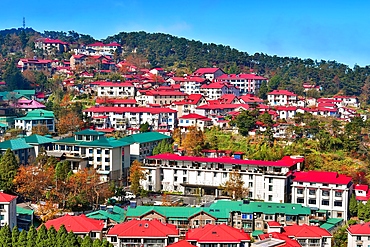
View of the town in Lushan (Mount Lu), Jiujiang City, Jiangxi, China. Lushan is a UNESCO World Heritage site, it is one of China's most famous mountains known for its natural beauty.
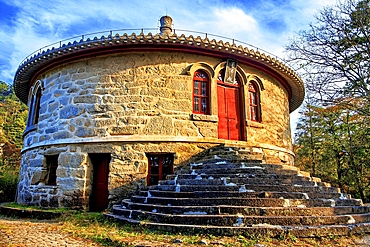
YuanFoDian (Circular Buddha Hall), Lushan (Mount Lu), Jiujiang City, Jiangxi, China. Lushan is a UNESCO World Heritage site, it is one of China's most famous mountains known for its natural beauty.
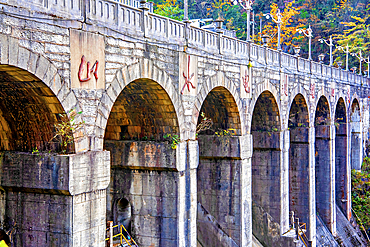
Lushan hydroelectric dam, Lushan (Mount Lu), Jiujiang City, Jiangxi, China. Lushan is a UNESCO World Heritage site, it is one of China's most famous mountains known for its natural beauty.
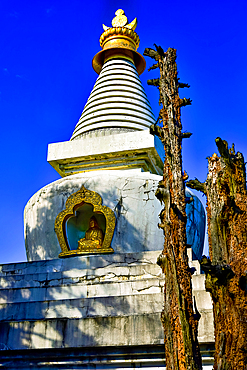
The Nuona Pagoda at the Small Heavenly Pool Temple, a Tibetan Temple in Lushan (Mount Lu), Jiujiang City, Jiangxi, China. Nuona is the living buddha that promoted Tibetan Buddhism in China during the Qing Dynasty. Lushan is a UNESCO World Heritage site.

The Nuona Pagoda at the Small Heavenly Pool Temple, a Tibetan Temple in Lushan (Mount Lu), Jiujiang City, Jiangxi, China. Nuona is the living buddha that promoted Tibetan Buddhism in China during the Qing Dynasty. Lushan is a UNESCO World Heritage site.
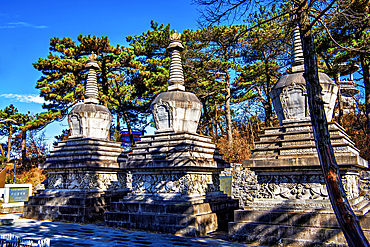
Stone pagodas at Nuona Pagoda Temple, aka Small Heavenly Pool Temple, a Tibetan Temple in Lushan (Mount Lu), Jiujiang City, Jiangxi, China. Lushan is a UNESCO World Heritage site, it is one of China's most famous mountains known for its natural beauty.

Bronze Bell of Nuona Pagoda Temple, aka Small Heavenly Pool Temple, a Tibetan Temple in Lushan (Mount Lu), Jiujiang City, Jiangxi, China. Lushan is a UNESCO World Heritage site, it is one of China's most famous mountains known for its natural beauty.

Wangjiang Pavilion from afar in Lushan (Mount Lu), Jiujiang City, Jiangxi, China. Lushan is a UNESCO World Heritage site, it is one of China's most famous mountains known for its natural beauty.
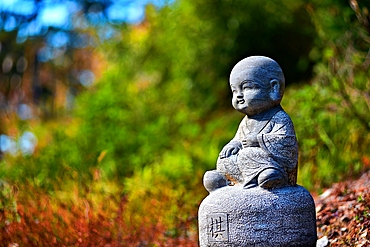
Adorable stone sculpture of a child monk in Nuona Pagoda Temple, aka Small Heavenly Pool Temple, a Tibetan Temple in Lushan (Mount Lu), Jiujiang City, Jiangxi, China. Lushan is a UNESCO World Heritage site known for its natural beauty.
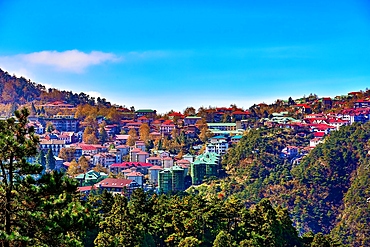
View of the town in Lushan (Mount Lu), Jiujiang City, Jiangxi, China. Lushan is a UNESCO World Heritage site, it is one of China's most famous mountains known for its natural beauty.
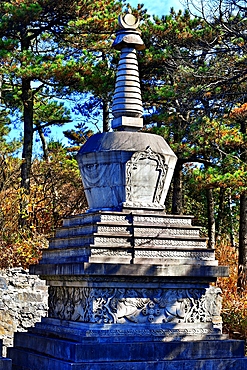
A stone pagoda at Nuona Pagoda Temple, aka Small Heavenly Pool Temple, a Tibetan Temple in Lushan (Mount Lu), Jiujiang City, Jiangxi, China. Lushan is a UNESCO World Heritage site, it is one of China's most famous mountains known for its natural beauty.
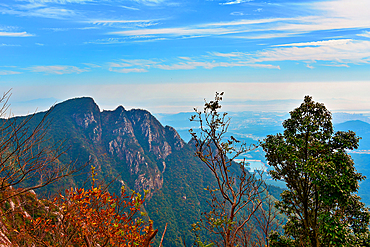
Lushan (Mount Lu), Jiujiang City, Jiangxi, China. Lushan is a UNESCO World Heritage site, it is one of China's most famous mountains known for its natural beauty.
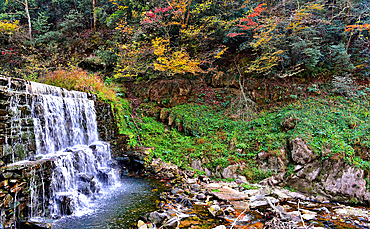
Lushan (Mount Lu), Jiujiang City, Jiangxi, China. Lushan is a UNESCO World Heritage site, it is one of China's most famous mountains known for its natural beauty.
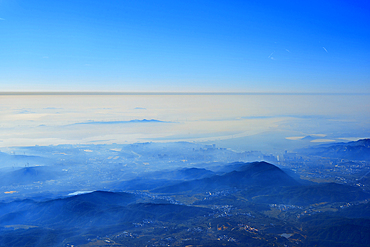
View of mist covered landscape from Wulao Feng (Five-Old-Man Peak) at Lushan (Mount Lu), UNESCO, Jiujiang City, Jiangxi, China

Mist covered landscape from Wulao Feng (Five-Old-Man Peak) at Lushan (Mount Lu), UNESCO, Jiujiang City, Jiangxi, China

Pavilion at the first peak in Wulao Feng (Five-Old-Man Peak) in Lushan (Mount Lu), UNESCO, Jiujiang City, Jiangxi, China
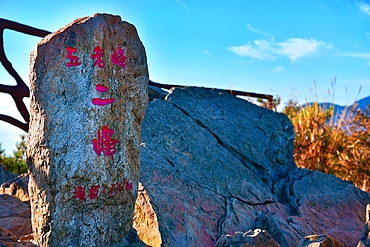
Stone marker at Wulao Feng (Five-Old-Man Peak) in Lushan (Mount Lu), UNESCO, Jiujiang City, Jiangxi, China
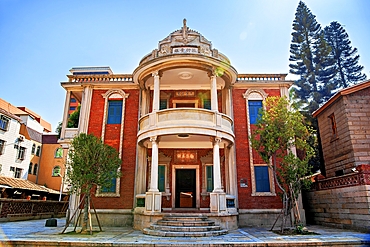
A heritage building in the West Street vicinity of Quanzhou: Emporium of the World (UNESCO World Heritage), Fujian Province, China
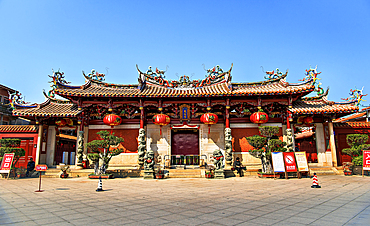
Tianhou Temple. Quanzhou: Emporium of the World (UNESCO World Heritage), Fujian, China. The temple's history dates back to 1299. The current temple has retained structures from the Song, Ming and Qing dynasties.
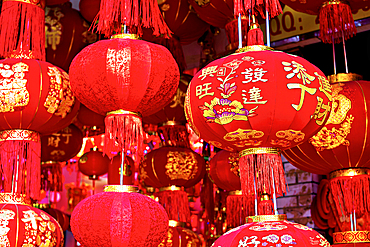
Red lanterns in a lantern shop. Quanzhou: Emporium of the World (UNESCO World Heritage), Fujian, China
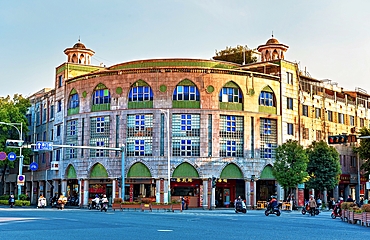
An Islamic style building in Quanzhou: Emporium of the World (UNESCO World Heritage), Fujian, China. Quanzhou was the crossroad for international trade between the 6th and 12th century and was a melting pot for world cultures.
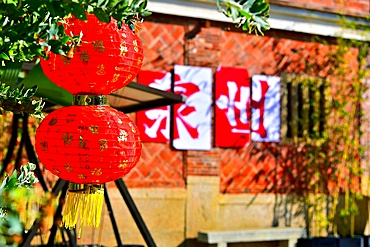
Wulin traditional village, Quanzhou, Fujian Province, China. The village has a strong South East Asian architectural influence as it was built by Chinese emigrants from South East Asia during the Qing and ROC era.
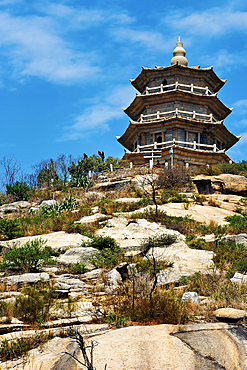
Wanshou Pagoda at Baogai Shan, Shishi City, Fujian, China. This stone pagoda, built during the Song Dynasty is more than 800 years old. It was used as a landmark to guide seafarers when Quanzhou was one of the world's largest trading ports.
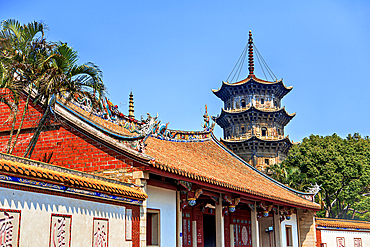
Kaiyuan Temple and the East Pagoda. Quanzhou: Emporium of the World (UNESCO World Heritage), Fujian Province, China. First built in 868 A.D. the temple was destroyed and rebuilt many times. The East Pagoda was first built in 865 A.D (rebuilt 1250).
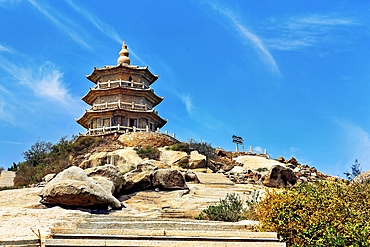
Wanshou Pagoda at Baogai Shan, Shishi City, Fujian, China. This stone pagoda, built during the Song Dynasty is more than 800 years old. It was used as a landmark to guide seafarers when Quanzhou was one of the world's largest trading ports.
